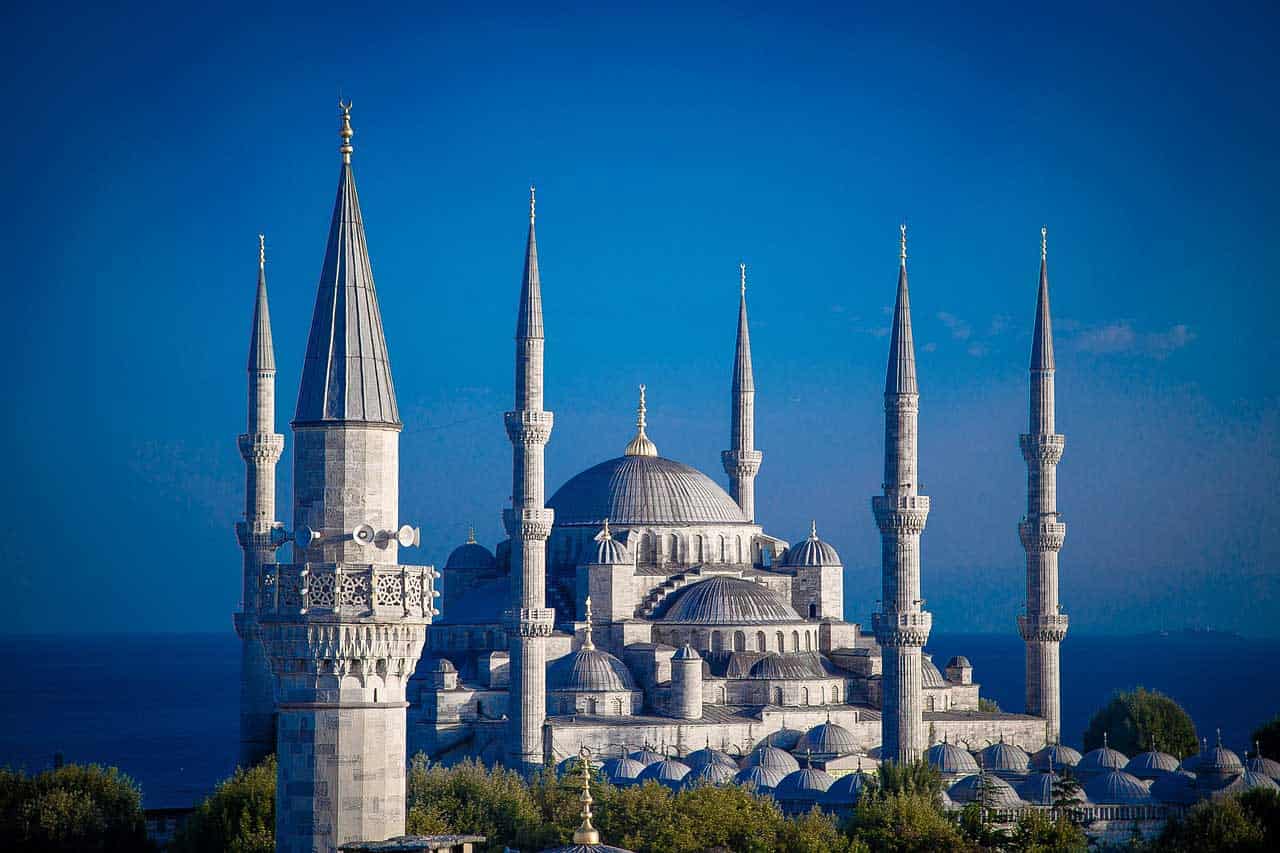 A new report from the World Travel & Tourism Council accesses the visitor-readiness of 50 cities and offers insights for the future.
A new report from the World Travel & Tourism Council accesses the visitor-readiness of 50 cities and offers insights for the future.
Which cities are best poised to satisfy the needs of attendees in the future? “Destination 2030: Global Cities’ Readiness for Tourism Growth,” a report released this month by the World Travel & Tourism Council (WTTC) and global real estate leader, JLL, assesses 50 cities’ readiness for tourism growth. The index evaluates 75 indicators and defines five city typologies.
Balanced Dynamics Cities
Chicago, Munich, and Tokyo, often financial hubs with a lower share of leisure compared to business travel, have an established tourism infrastructure and potential for tourism growth.
Mature Performers
New York, Berlin, London, and Sydney have strong leisure and/or business travel dynamics and an established tourism infrastructure, but risk future strains related to visitor volume, infrastructure or activity that is testing their readiness for additional growth.
Dawning Developers
Manila (Philippines), Moscow, and Riyadh (Saudi Arabia) have an emerging tourism infrastructure, gradual tourism growth, and lower visitor concentration.
Emerging Performers
Delhi, Istanbul, and Mexico City have an emerging tourism infrastructure, growing momentum and the start of increasing pressures related to tourism growth.
Managing Momentum
Amsterdam, Barcelona, and Prague have high growth momentum driven by leisure travel and an established tourism infrastructure but face pressures to ensure they can meet the growing volume of travelers with the necessary urban infrastructure and tourism product diversity.
The report states that while each city is unique, to be sustainable, cities should prioritize “livability, ensuring clean air and water, excellent education, affordable housing, good transport connectivity, and access to parks and green spaces for residents…and that Travel & Tourism and future growth be fully integrated into these wider city policies.” Its analysis of 50 cities aims to provide comparative data so cities can learn from the experiences of others.




